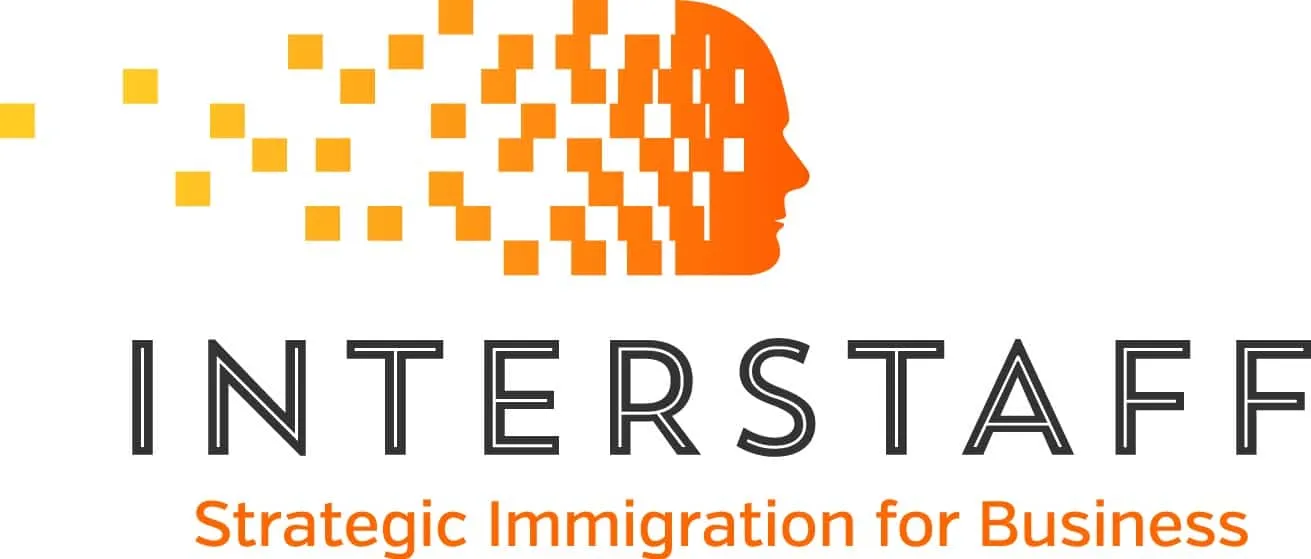Fixing A ‘Broken’ Australian Migration System In 2024

In 2023, it became particularly evident that Australia’s migration system is indeed ‘broken’, based on an expert panel’s findings and the Nixon report confirming widespread abuse of the visa system. The reviews also found that employers and migrants grapple high costs, slow visa processing and uncertain pathways to Permanent Residence (PR), while the media and public question the scale and integrity of the program.
Written by Sheila Woods (MARN: 0533879) of Interstaff 18 January 2024
The Government’s recently released Migration Strategy shows a commitment to widescale reform with four policy objectives for migration. Migration’s new functions will be to:
- Raise living standards
- Ensure a fair go in the workplace
- Build stronger communities
- Strengthen international relationships
Read on to find out how the Government plans to fix a ‘broken’ migration system in 2024 by embarking on these objectives.
Raise Living Standards Through a More Effective Skilled Migration System
The Government plans to reset skilled migration settings to boost productivity, counter an ageing population, alleviate skills shortages and expand exports.
It will do this in two ways by:
1. Introducing a new ‘Skills in Demand Visa’
- This will replace the commonly used Subclass 482 Temporary Skills Shortage (TSS) Visa and offer three tiers or pathways.
- Top Tier ‘Specialist Skills Pathway’:
- For workers earning at least $135,000.
- Faster visa processing with a median of just seven days.
- No need to have an occupation on a Skills Occupation List – although the tier is closed to trade workers, machinery operators, drivers and labourers.
- Provides a pathway to PR
- Mid Tier ‘Core Skills Pathway’:
- For workers earning $70,000 to $135,000
- Must have an occupation on a relevant Skilled Occupation List (lists will be updated more regularly to reflect labour market needs)
- Provides a pathway to PR
- Low Tier ‘Essential Skills Pathway’:
- Further details are yet to be provided
- For workers with lower-paid, hard-to-fill jobs, such as workers in the social care industry
- Arrangements are expected to be sector-specific, capped in size, highly regulated and designed to maintain Australia’s relationship to the Pacific (for example, the PALM – Pacific Australia Labour Mobility Scheme)
- Visa holders will be able to switch employers and sectors more easily
- Greater flexibility for employers – Labour Market Testing (testing the local labour market before sponsoring a visa holder) will be simplified and sponsorship fees may be paid periodically rather than up front.
2. Reforming the Points Test
- This refers to a way in which applicants are scored and ranked for permanent skilled migration by their age, qualifications, experience and English language proficiency.
- A Discussion Paper will review how point allocations should be adjusted to provide maximum benefit to the local labour market.
Ensuring a fair go in the workplace through visa compliance
Greater compliance with the visa and migration system will continue to be a focus – here’s how:
- Allowing temporary migrants to shift jobs more easily may reduce issues such as underpayment and unreasonable demands
- Temporary skilled migrants abused in the workplace will have six months instead of two to find a new sponsor, decreasing reliance on any single employer to support a PR application.
- The introduction of a bill that makes it a criminal offence for employers to misuse visa programs to exploit migrants – the Bill is currently in progress.
- Tighter entry requirements for international students will be explored to ensure their main intention is to study, not work.
- The Student and Working Holiday Visa programs will be evaluated to prevent exploitation.
Building Stronger Communities Through More Clear PR Pathways
PR and Citizenship promote a sense of belonging that is foundational for stronger communities. However, many temporary migrants currently have no clarity on their pathways to PR and instead experience ‘permanent temporariness’ in Australia.
While not all temporary migrants will be able to access PR under Australia’s capped permanent migration program, complex visa settings have allowed migrants to jump between visas to extend their stay. The Government plans to provide more clarity to migrants that may have fewer prospects of becoming permanent residents to help prevent false hope.
Strengthen International Relationships
The Government is committed to deepening ties in the Indo-Pacific – including the further development of the PALM scheme. It has also established a direct pathway to Australian Citizenship for eligible New Zealanders to strengthen relationships with its neighbours.
Established in 1988, Interstaff has over 35 years of Australian visa and migration experience and provides strategic immigration advice to businesses and individuals Australia-wide and internationally. MARN: 0533879.

The content of this article is intended to provide a general guide to the subject matter. Specialist advice should be sought about your specific circumstances.